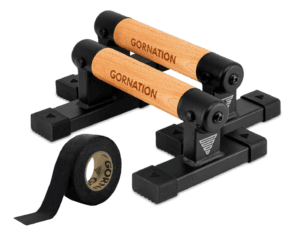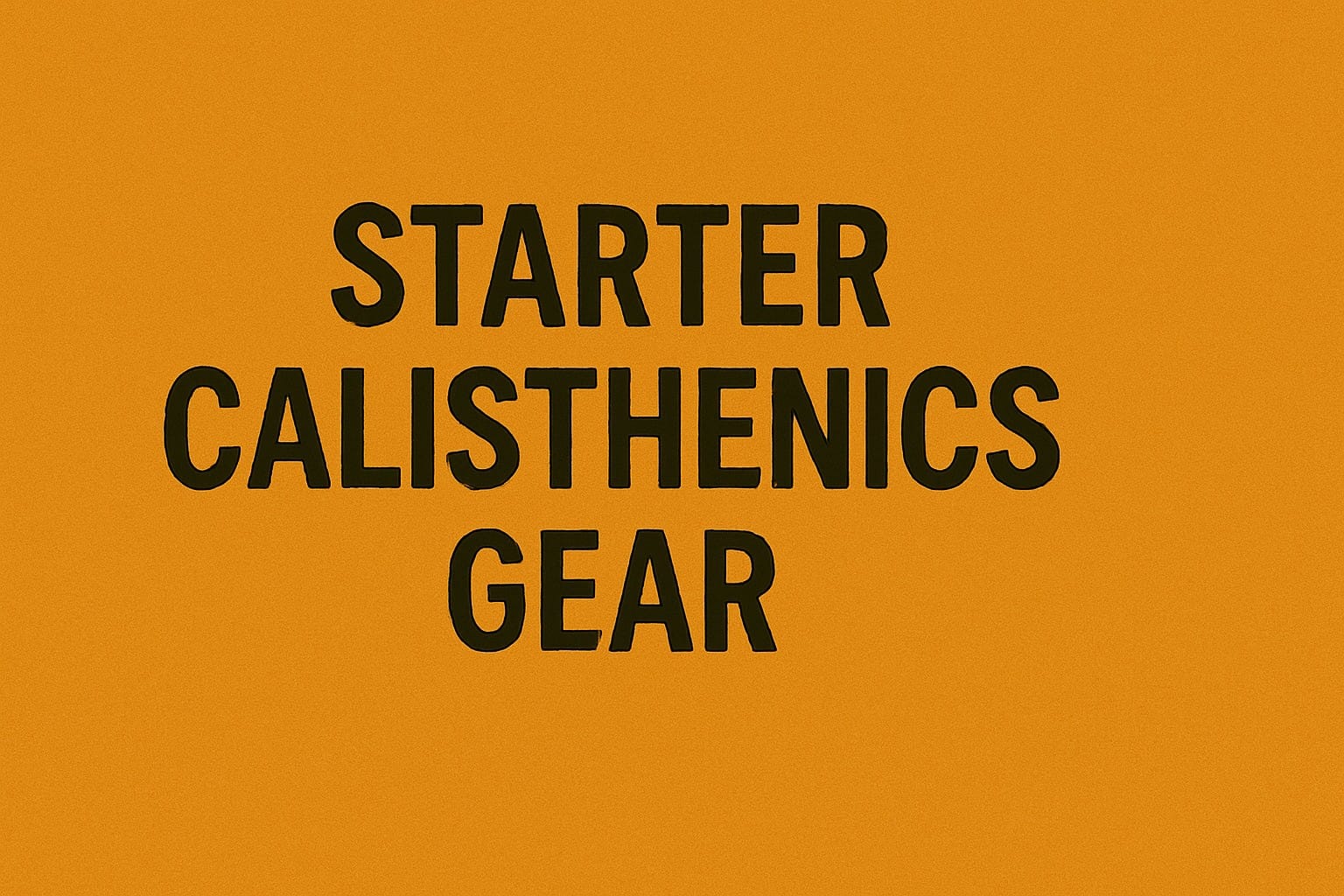Low parallettes are one of the most underrated tools in calisthenics. Compact, portable, and incredibly versatile. They give you the perfect setup for L-sits, tuck planches, push-up variations, and even handstand work. Their low profile makes them safer for balance training and easier on the wrists compared to flat ground.
If you’re looking for the best low parallettes for calisthenics, right below you’ll find the one I personally use and recommend. If you’re not sure about the type of parallettes you want, then you can check out my more generic blogpost at best parallettes for calisthenics.
Table of Contents
Top pick: Gornation premium low parallettes

After testing a number of different models, the Gornation Premium Parallettes Active have become my go-to. They strike a good balance between quality, grip comfort, and overall stability. The wooden handle feels natural, the rubber feet keep them in place during dynamic exercises, and the height is just right for most skills. Also the grip tape that’s included in the purchase really helps getting the perfect grip.
They’ve held up well over time and feel solid for both static holds and push-up variations.
What to look for in low parallettes
When choosing low parallettes, stability is key. A wide base with anti-slip feet keeps everything steady, especially during balance drills or explosive movements. Comfort matters too. Wood or powder-coated metal usually feels better in your hands than plastic. A textured surface helps you keep a strong grip, even with sweaty palms.
Height also makes a big difference. A range between 8 and 12 cm gives you control while still reducing wrist strain.
Durability is essential. Your parallettes should handle your full bodyweight without bending, even with regular use.
Portability adds extra convenience. Low models are already compact, but lighter ones are easier to move or take with you to the park.
Benefits of low parallettes in calisthenics
Wrist alignment
They slightly elevate your wrists, which helps reduce strain and discomfort during exercises like push-ups and L-sits.
More control
You’re closer to the ground, which helps with balance and confidence in learning new skills.
Small-space friendly
You don’t need a lot of room. Low parallettes work well in small home setups or even while traveling.
Progression support
They’re useful across all levels, from incline push-ups and knee tucks to planche leans and handstand holds.
Frequently asked questions
Are low parallettes good for beginners?
Yes. They’re stable, easy to use, and allow you to focus on form without too much elevation.
What height is ideal for low parallettes?
Most good models fall between 8 and 12 cm. That’s a comfortable range for wrist support and versatility.
Can I use low parallettes for handstands?
Yes. They’re great for static handstands and press-to-handstand work, especially if you prefer staying close to the floor.
Is wood better than metal?
Wood feels more natural to grip and doesn’t get as cold in cooler environments. Metal is usually heavier and more durable. It depends on what you prefer.
Are low parallettes better than high ones?
Not necessarily better, just different. Low parallettes are best for compact, controlled movements. High parallettes give more room for exercises like dips or swing-throughs.




